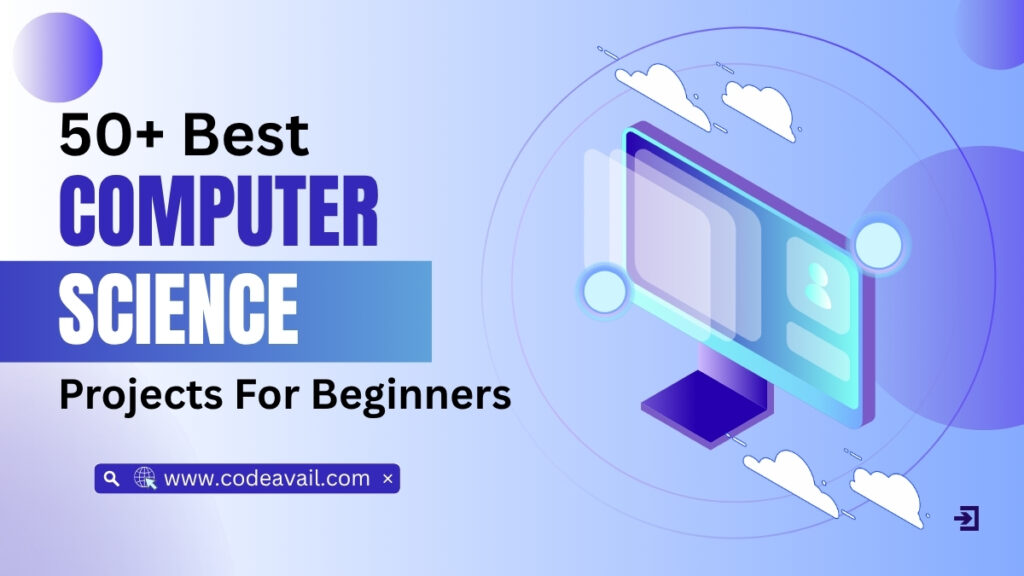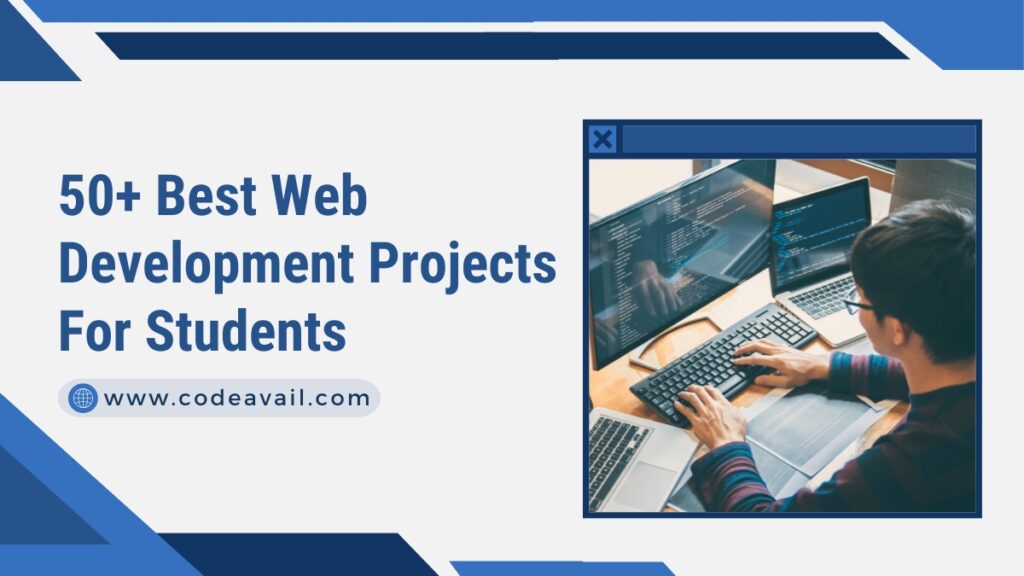How to Get Job as Software Engineer: A Complete Beginner
In today’s tech-driven world, more and more people are asking the same question: how to get job as software engineer? Whether you’re a fresh graduate, a self-taught coder, or switching careers, the path to becoming a successful software engineer is both exciting and achievable. Software engineering is one of the fastest-growing careers globally, offering high […]
How to Get Job as Software Engineer: A Complete Beginner Read More »



